Hedgeballs, also known as hedge apples or monkey balls, are the distinctive fruit of the Osage orange tree (Maclura pomifera). These curious fruits are known for their large, round shape and uniquely textured bright green exterior, making them a fascinating feature of many North American landscapes.
Origins and Characteristics
Originally native to regions like Texas, Oklahoma, and Arkansas, the Osage orange tree has now spread across much of the United States. The trees were once widely planted as natural fences and windbreaks before the advent of barbed wire, thanks to their dense, thorny branches.
The fruit itself, the hedgeball, is roughly the size of a grapefruit and is not easily mistaken due to its bumpy surface and vibrant color. The interior is filled with a milky, sticky sap that can irritate the skin, so handling them with care is advised.
Uses and Myths
Hedgeballs are often used in fall decorations due to their intriguing appearance and slightly citrus-like scent. Despite widespread myths about their pest-repellent properties, scientific evidence supporting the effectiveness of hedgeballs in deterring insects and spiders is limited. Nonetheless, many people continue to place them around homes and gardens in hopes of keeping pests at bay.
While some animals, such as squirrels, may eat the seeds within, hedgeballs are not considered edible for humans. Consuming them can lead to gastrointestinal discomfort, and the sap can be an irritant.

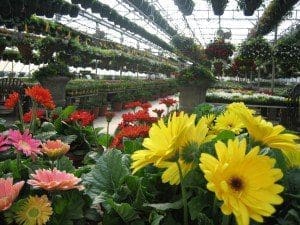
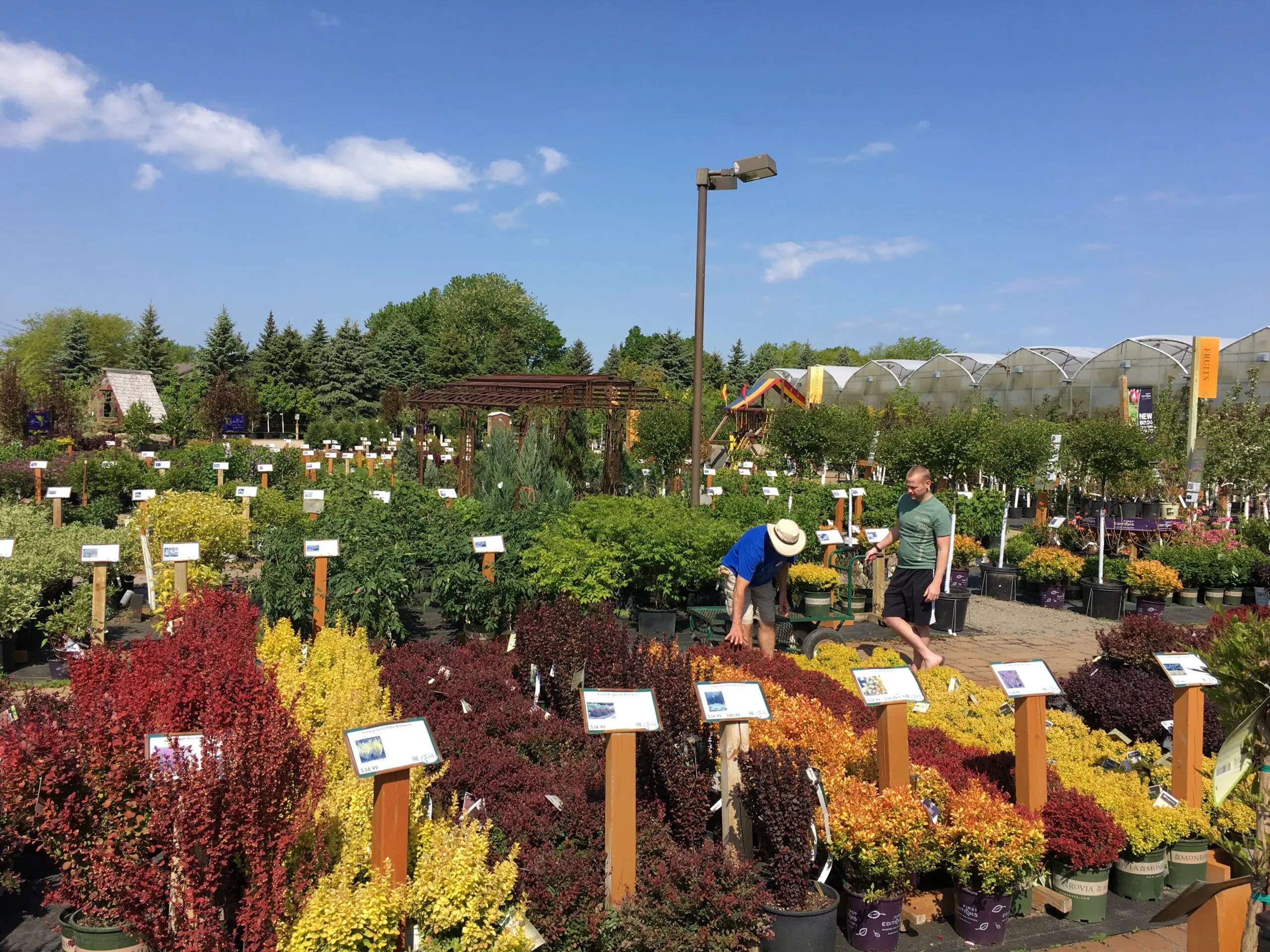
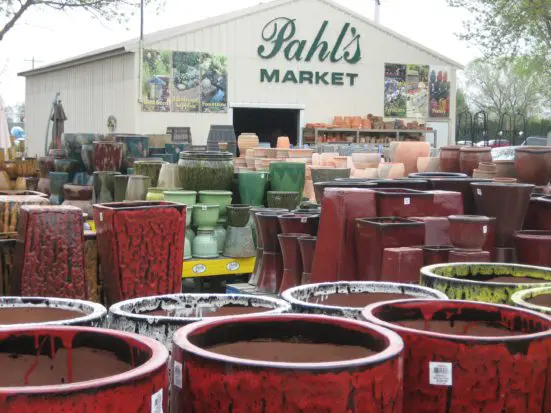
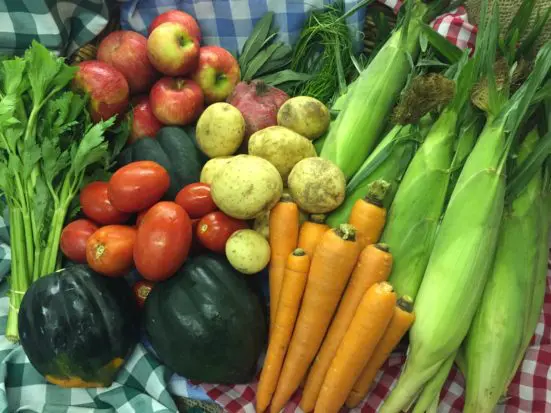
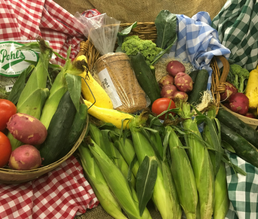
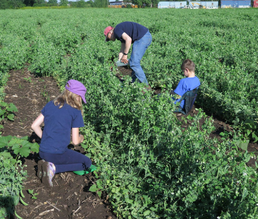
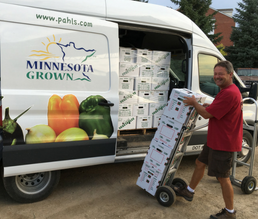
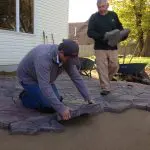

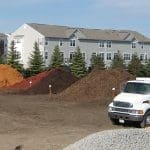
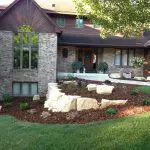
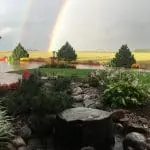
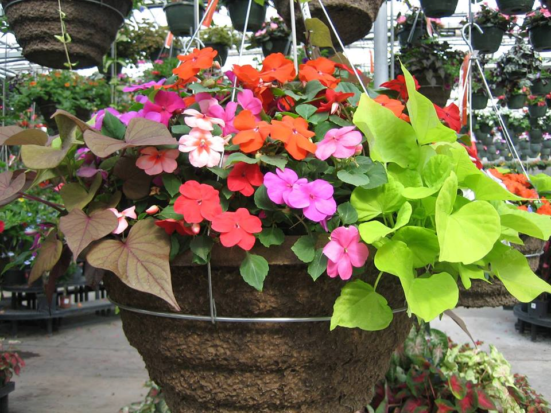
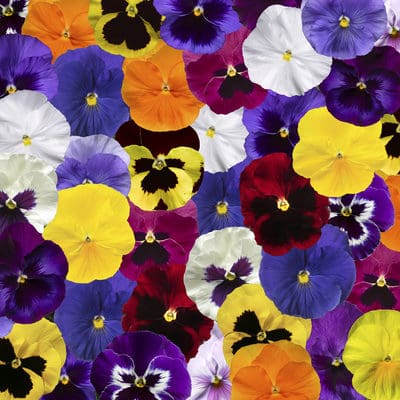
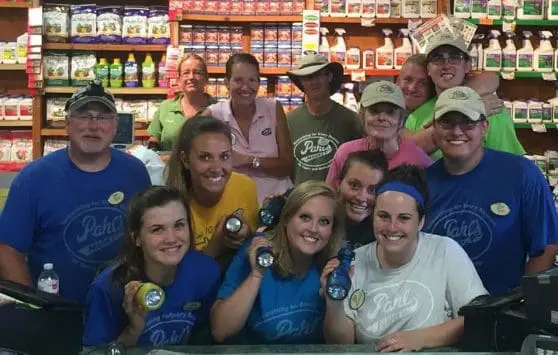
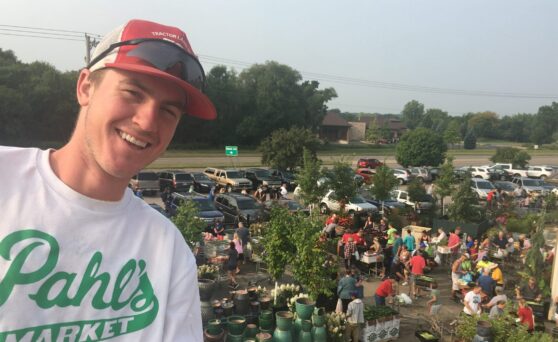

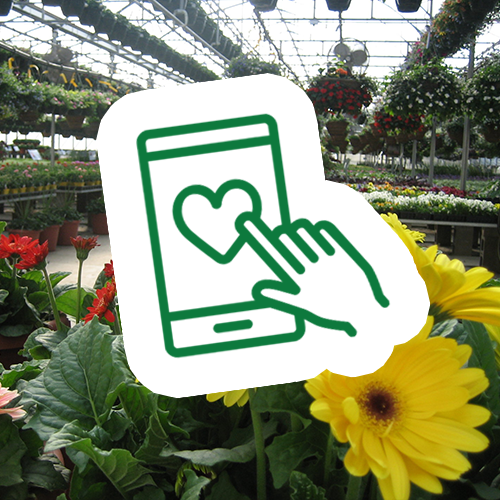
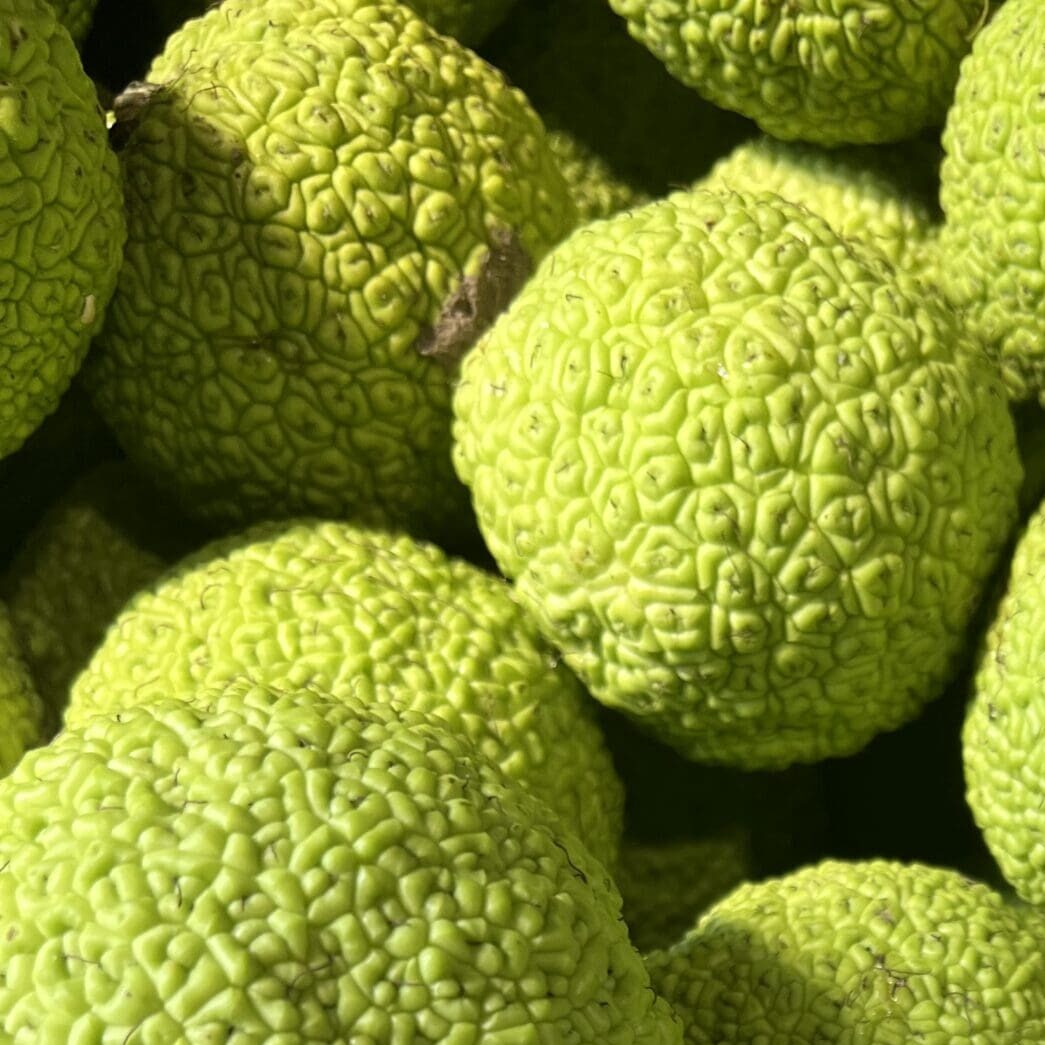
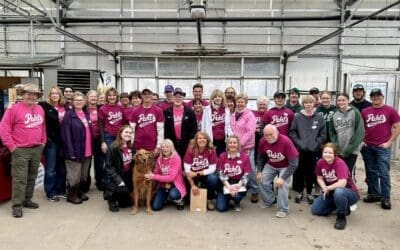

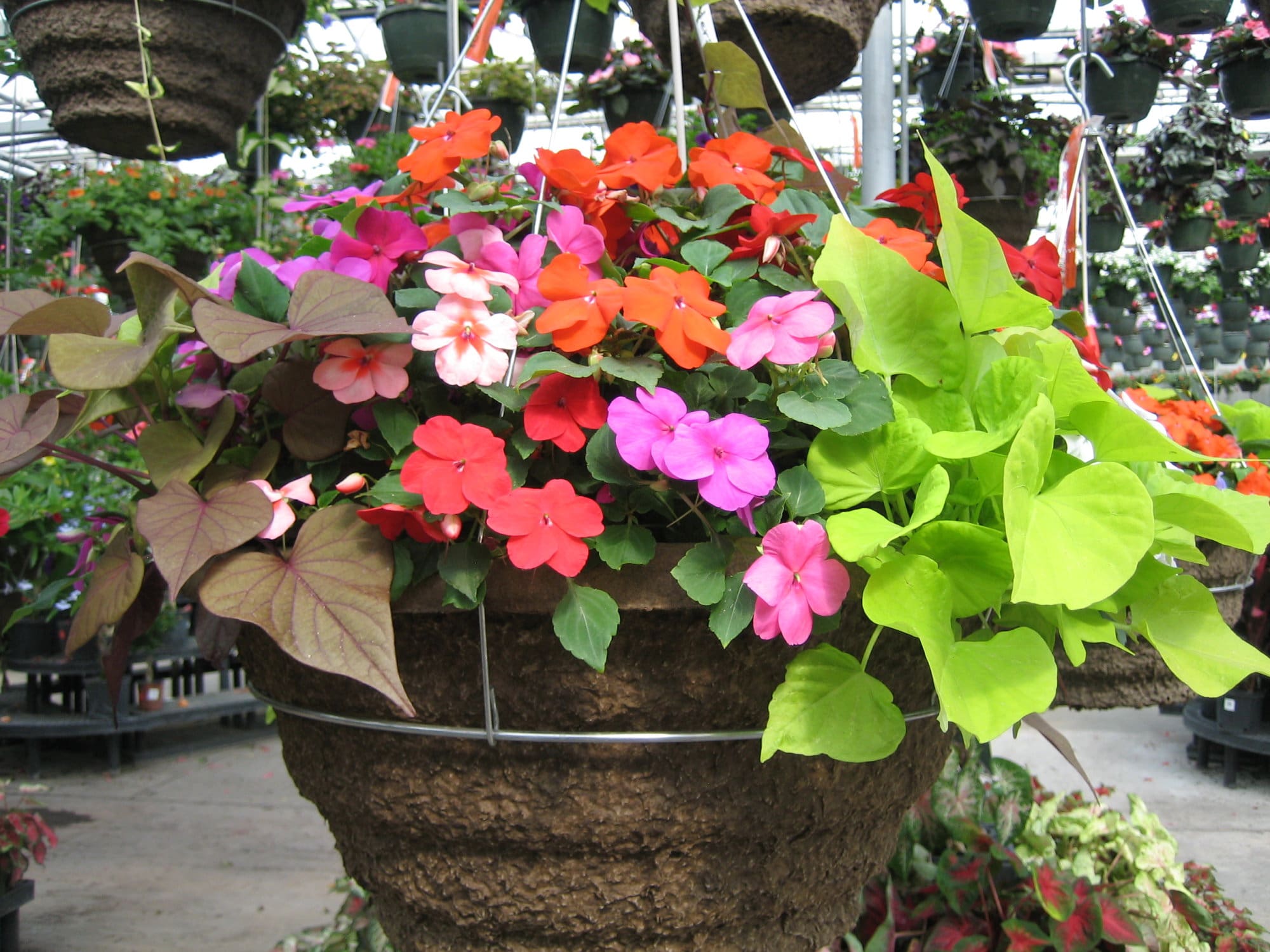
I’ve used them for years. Just tossed out the ones from last year. I use them in the basement and closets. I know they’re done when they are all shriveled,brown and the spiders are back!Wish I could grow my own but they are from Iowa as far as I know.
Another source for hedge balls – yea! They really do work to keep spiders out. We put them in our basement and we don’t have to worry about spiders or having to brush out any cobwebs come spring. Get them while you can because most places that sell them are sold out quickly.
Osage Oranges, also known as mock oranges, along with the other names listed, are native to Oklahoma and northeast Texas, along the Red River. They are named after the Osage Indian tribe, who’s home is in the same locale. These trees have been spread all over the Eastern US by farmers planting the seeds to grow hedge rows, during the middle 1800’s, before barb wire was invented. I live in southern Ohio, and I have about 75 trees on my farm. I am skeptical about their use for pest control. They make very nice table decorations for the fall season. I also enjoy shooting them out of my air cannon, they sail over 1000 ft. Other than that, I have no use whatever for hedgeballs. P.S.
Squirrels love to eat the seeds inside them!
They really work to keep spiders out of the home!
I got a Hedge ball in Ohio, and I see them all around. I did not know the purpose but thanks
These used to grow where I lived in Pittsburgh Pa…My siblings and I used to throw these at each other….They hurt!!! LOL
Hi Kristine, we will have to add this to our description of what hedge balls can be used for – “throwing at your siblings”! 🙂
Hi,
Do you have hedge apples that you can ship?
Thank you,
Ginger
Thanks for checking with us Ginger, we do not ship hedge apples.